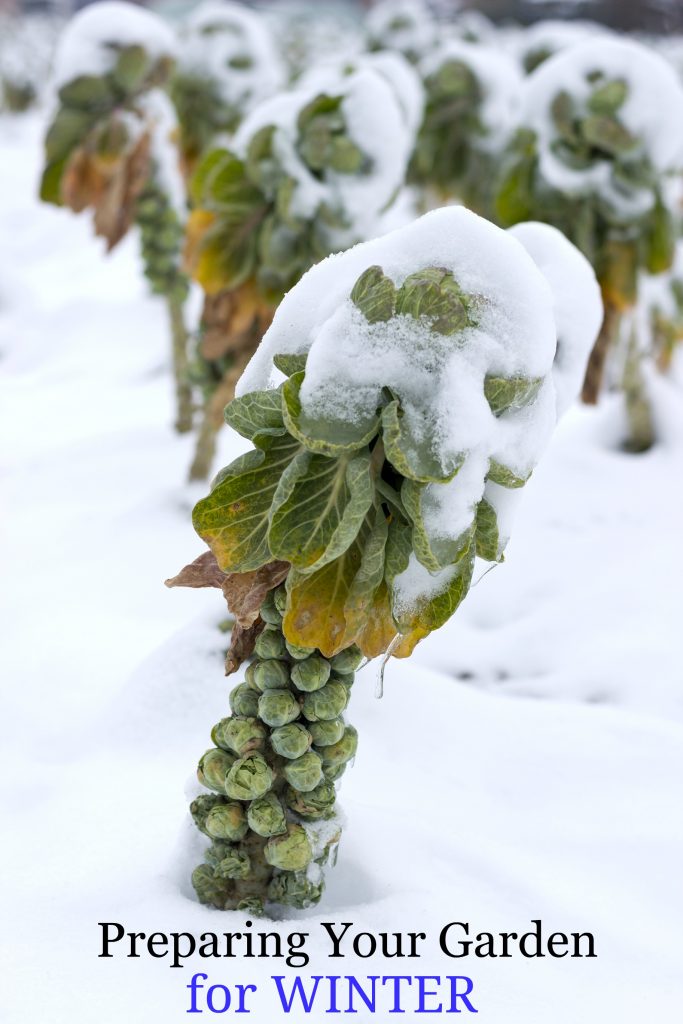Wondering what to plant in November? Or are you convinced that cold weather means the end of your gardening addiction? While it is true that most gardening comes to an abrupt halt once the chilly days and near-freezing nights of fall roll around, there are still a few things you can plant in November if you want to try your hand at fall gardening.
During the winter months, cooler temperatures also bring less sun, fewer pollinators, and very chilly evenings. However, despite these challenges, it is sometimes possible to extend your growing season all winter long if you start planting right as fall rolls around.
Posts feature partner companies & may be sponsored. Post contains affiliate links & I will be compensated if you make a purchase after clicking on links. As an Amazon Associate I earn from qualifying purchases.
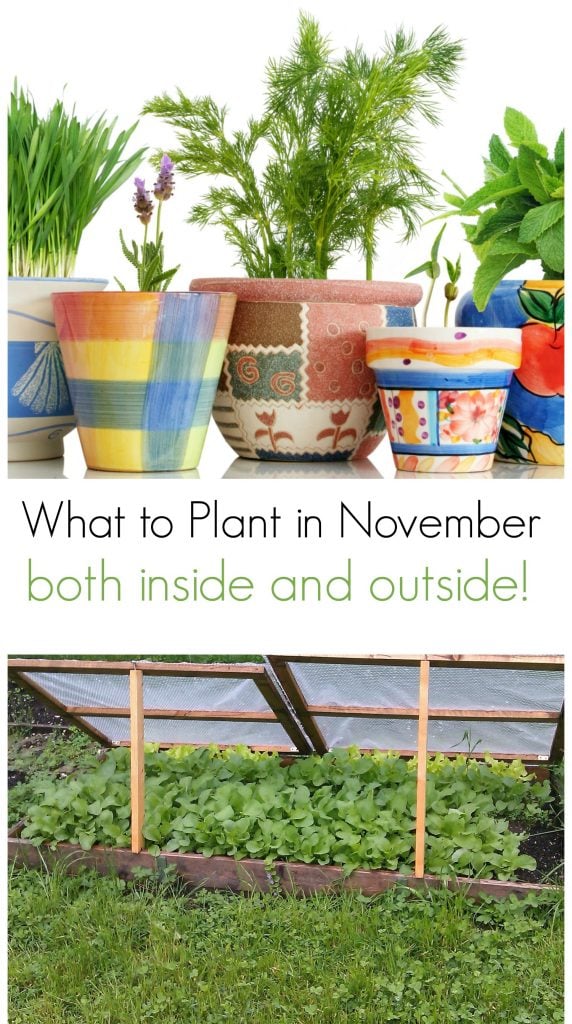
Table of Contents
What to Plant in November: Outside
Some of these fall garden plants should be grown inside but others can be sowed out in the ground to ensure an early spring crop of food as soon as the snow starts to melt. Here are just a few things to plant this fall, both in the house and out in the garden. I will include a few affiliate links in the post for items that you may find helpful.
Broad Beans and Peas
These vegetable seeds can be sown directly into the garden soil in November and they will just sit there waiting patiently until the ground starts to warm up again in the spring. This means a nice early crop once the ground starts to thaw.
In warmer climates, you may be able to plant them in September and get a small crop in November if you keep your soil moist and plant them in the sun. However, in cooler climates, they will succumb to even a light frost so best to let them overwinter instead.
Regular or Elephant Garlic
One of the best things to grow in November, in my opinion, is garlic! Elephant Garlic produces huge bulbs over 4 inches across. These jumbo cloves have a milder taste than regular garlic and are perfect for roasting. I buy mine from my local farmer since for some reason I can’t seem to grow heads of garlic that are that big. His are phenomenal so I’m not quite sure what I am doing wrong yet.
You can also grow conventional garlic as well. Plant garlic cloves with the pointy side UP and they will pop up in spring. Check out my post on how to grow garlic for a few simple tips.
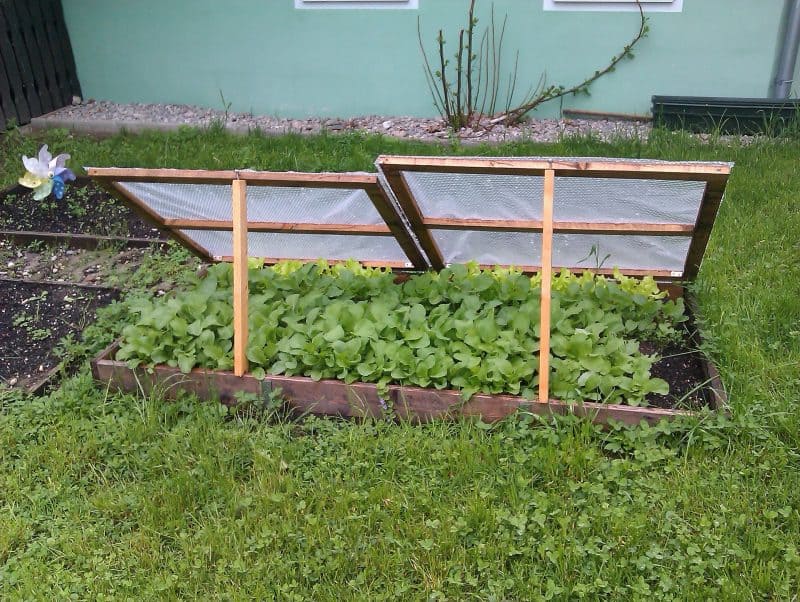
✯Don’t want to miss the next post?✯
Follow Turning the Clock Back on Facebook | Twitter | Pinterest
Or join the private Facebook group for simple tips on going green!
Winter salad greens
I bet you didn’t realize that greens are one of the easiest things to grow in November!
From Swiss chard to mustard greens, if you have a small cold frame, you can plant an amazing array of winter salad greens. The glass windows will help keep them warm during the day and will help prevent frost from killing them at night.
You can get a cedar cold frame and have fresh salad greens all winter. Check out my tips on how to grow lettuce in the garden for more information.
Asparagus Crowns
Regardless of the cold, there are a few things that will thrive in the chilly fall temps.
Asparagus crowns can be planted now for tasty homegrown spears in the spring. They like soil that is slightly sandy so mix in a bit of sand before planting the crowns.
Check out my asparagus recipes and start planning for a bountiful harvest.
Rhubarb Crowns
Rhubarb can be planted now in well-prepared soil. Make sure you add a ton of compost. They are very needy plants. Check out my post on how to grow rhubarb in your backyard garden for growing tips. It thrives in cooler temperatures and the crowns survive the winter months to come back year after year.
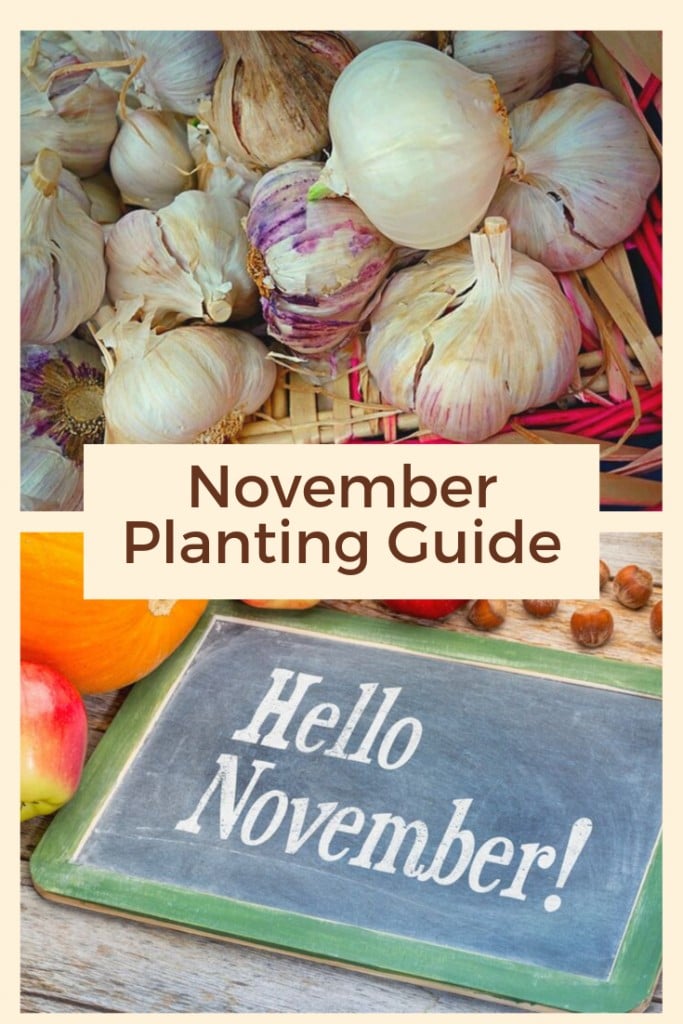
What to Grow in November: Inside
If you are looking for plants that can be planted in November, remember that you can garden INSIDE as well as outside. There are a number of different types of food products that can be grown inside, even when there is snow on the ground and your garden is nowhere to be found. Here are a few things you may want to plant in the fall, right in your own kitchen.

Herbs
There are many herbs that grow quite nicely in pots on your kitchen windowsill. Try fresh parsley, chives, or thyme which not only add a nice flavor to your food but also add a bit of color to your kitchen at the same time.
Since spices expire so quickly and are fairly expensive, a homemade herb garden can save a lot of money.
Like this post? Check out these, too!
- How to Preserve Fresh Herbs for Maximum Flavor
- Creative Uses for Lemon Balm When it Takes Over Your Garden!
- Mint Growing Tips and 5 Uses for Fresh Mint
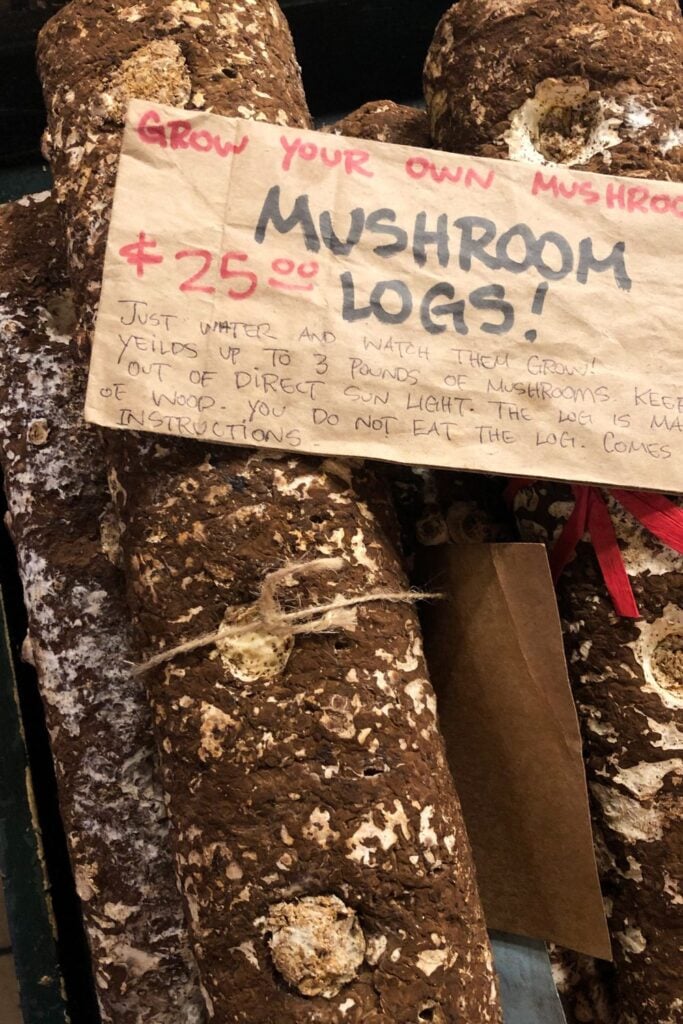
Mushrooms
Have you ever grown your own mushrooms? While normally this idea makes me a bit nervous, you can actually buy mushroom logs to make the process simple and safe.
Want to grow things indoors? Well, growing mushrooms is an easy option. You can even grow mushrooms without a kit if you are interested. Check out Bob Vila for more information.
Bean Sprouts
My husband and I sprout our own beans regularly and it’s incredibly easy. We mainly do it because they go bad SO quickly that when we buy them, we end up throwing most of them away 2 days later.
Growing your own bean sprouts requires only a few simple things. Basically, you need beans and a sprouting jar. Check out this bean sprouting kit on Amazon and read my post on how to grow beansprouts to get started.

Wheatgrass
Wheatgrass is a kind of grass eaten primarily because it is a concentrated source of nutrients. It contains vitamin A, vitamin C, and vitamin E, iron, calcium, magnesium, and amino acids. Check out this wheatgrass growing kit to make things easier.
Whether you are a health nut or just trying to eat smarter, use wheatgrass in clean smoothies for some serious health benefits.
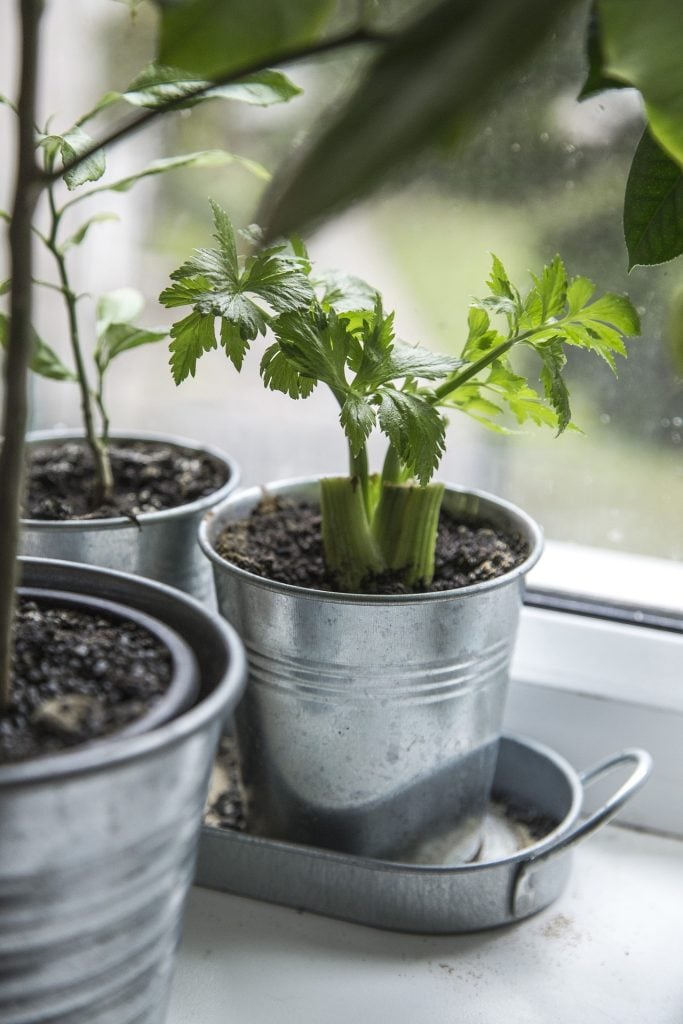
Regrow kitchen scraps
There are many foods that you can regrow from kitchen scraps to reduce food waste. Some examples are lettuce, celery, ginger, potatoes, and a few root vegetables. This is a good way to save money as well as provide yourself with fresh food through the winter.

Planting bulbs in November
Planting bulbs in the fall allows them to overwinter and then bloom in early spring.
I mentioned garlic above but that is just one type of edible flower bulb. Various types of onions and leeks can be planted in November and allowed to overwinter. Then, they sprout in early spring and can be harvested a few months later.
Jerusalem artichokes can also be planted in the fall and allowed to overwinter. Once spring arrives, they will begin growing as the ground warms up.
Check out GardeningKnowHow.com for more information on growing edible bulbs. They suggest that grape hyacinth bulbs may be edible, as well as other types of bulbs but I can’t guarantee that!
What will YOU be growing in November? Let me know what else I should add to my November growing guide! Pin this post for later and don’t forget your fall garden chores!
Whether you are a gardening newbie or an experienced grower, you CAN grow your own food. I hope this post has helped you figure out what to plant in cool weather to extend the garden season. It’s not too cold to garden but you may need to get a little creative about how you do it.

How to winterize your garden

Diane is a professional blogger and nationally certified pharmacy technician at Good Pill Pharmacy. She earned her BS in Microbiology at the University of New Hampshire and has worked in cancer research, academics, and biotechnology. Concern over the growing incidence of human disease and the birth of her children led her to begin living a more natural life. She quickly realized that the information she was learning along the way could be beneficial to many others and started blogging and freelance writing to share this knowledge with others. Learn more about her HERE.

